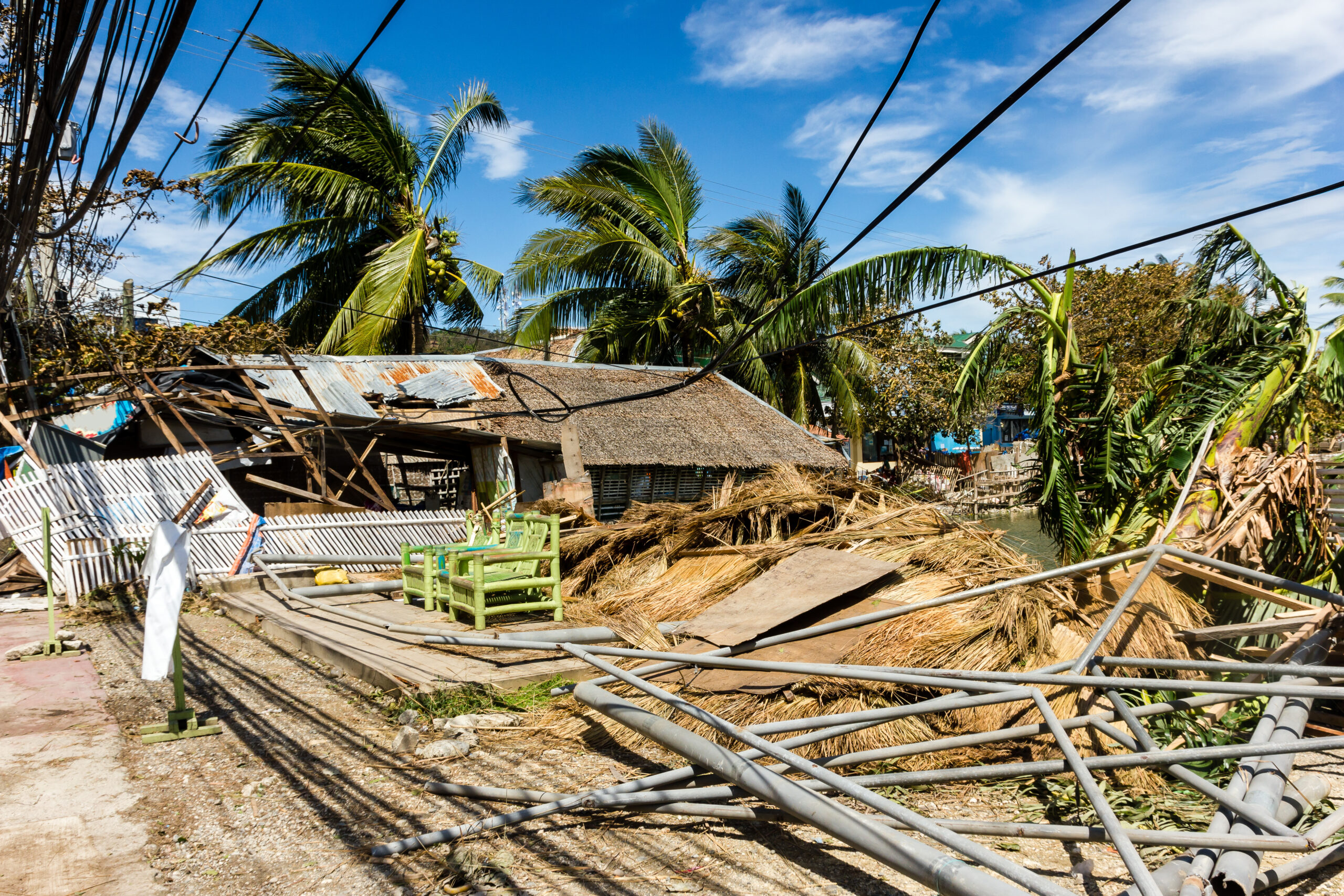Today’s world has seen an increase in the frequency of catastrophic occurrences like pandemics and natural disasters, making it imperative to have efficient response plans. Insurance providers need to be ready to assist clients with compassion and effectiveness. The blog post underlines the value of speed and empathy in the claims adjustment process and outlines best practices for handling catastrophic situations. It also highlights the need to manage a team of adjusters, streamline procedures, and utilize technology to provide top-notch customer service. Ultimately, claims adjusters can deliver excellent service even in the most trying situations by concentrating on efficiency and empathy.
Best Practices for Responding to Catastrophic Events
As catastrophes become increasingly more common, it is essential to have best practices in place for responding effectively. The catastrophic claims adjusting process must quickly and accurately address the needs of those affected by natural disasters. This requires an understanding of effective strategies for delivering service during trying times.
When responding to catastrophic events, the most crucial objective is providing empathy and efficient service delivery. Compassion means recognizing the unique challenges faced by each person involved in the event and validating their feelings about them. Efficiency ensures that all aspects of the claims adjuster’s response are handled expediently with accuracy and precision. Claims adjusters should strive to provide empathy and efficiency through interactions with policyholders who have experienced property damage or other losses due to a catastrophe. Additionally, they should focus on building trust between themselves and the policyholders while helping them understand the claims-adjusting process.
To respond successfully to catastrophic events, efforts must ensure empathy and efficiency are present in every step of the claims-adjusting process. By doing so, policyholders can receive exceptional support as they cope with unforeseen circumstances associated with natural disasters.
Coordinating Claims Adjusters for Optimal Service Delivery
The current state of the claims-adjusting industry necessitates a thorough approach to delivering quality service. Coordinating and managing multiple adjusters is essential for meeting customer expectations and creating an exceptional service experience. By leveraging technology, insurance companies can develop efficient strategies that ensure their adjusters work collaboratively while offering personalized attention to each claim.
An insurance firm may guarantee that consumers receive timely updates on their claims and a more consistent overall experience by coordinating the activities of its claims adjusters. Additionally, this enables individual adjusters to concentrate on duties they have received training, enhancing the accuracy and effectiveness of claim processing. Additionally, having access to all pertinent information means that each adjuster is better prepared to take advantage of particular opportunities or deal with challenging circumstances gracefully and understandingly.
The benefits of utilizing such a comprehensive approach to claims adjusting go beyond merely providing better customer service; when done correctly, it can significantly reduce costs associated with handling complex cases while maximizing satisfaction through increased transparency and accountability from the company and its personnel. Ultimately, this leads to faster resolution times and higher customer loyalty – two key indicators of success in today’s competitive marketplace.
Timely Response to Natural Disasters and Other Events
Claims adjusters must be ready to act promptly during a natural catastrophe or other unforeseen circumstances. You need a system that works well and enables speedy resource deployment and assessment. The claims adjuster must also fully grasp how policy terms can apply in such circumstances and how to respond to client inquiries promptly and correctly.
Many insurance firms use cutting-edge technology, such as artificial intelligence (AI), to detect disaster-prone locations and prioritize processing to ensure quick replies. Also, effective communication methods are necessary to ensure all parties receive timely updates on the claims adjuster’s investigations and judgments. Businesses frequently use automated messaging platforms and mobile applications to give consumers real-time updates. These strategies enable insurers to deliver exceptional service during trying times while maintaining high levels of empathy for those affected.
Empathy and Efficiency in Claims Adjusters
The claims-adjusting process requires a delicate balance between empathy and efficiency. Adjusters must be able to prioritize customer service while efficiently managing the workloads of their office. This is especially true during trying times, such as those caused by natural disasters or pandemics.
Adjusters should strive to provide exceptional customer service through active listening and responding promptly to customers’ inquiries. They should also focus on understanding the needs and concerns of their customers before offering solutions. In addition, adjusters should use available resources—such as technology-assisted tools—to streamline processes and help manage large volumes of claims with accuracy and speed. By combining these elements, adjusters can ensure that they provide an efficient yet empathetic response to claimants, regardless of the circumstances surrounding the claim.
Given the complexity of today’s claims handling environment, there are many approaches for delivering exceptional customer service. However, successful adjusters understand how to leverage empathy and efficiency to create positive outcomes for claimants. With this foundation in place, adjusters can better navigate difficult situations while delivering superior service throughout even the most challenging times.
Conclusion
In conclusion, the increase in catastrophic occurrences like pandemics and natural disasters has made it more crucial than ever to have efficient response plans in place. Insurance providers must be ready to assist clients in need with compassion and effectiveness. The essay emphasizes the importance of empathy and efficiency in the claims adjustment process and outlines best practices for handling catastrophic situations. This includes coordinating and managing multiple adjusters, utilizing technology to streamline procedures, and prioritizing timely responses. Adjusters can deliver excellent service even in the most trying situations by prioritizing empathy and efficiency. This ensures exceptional support for policyholders as they cope with unforeseen circumstances associated with natural disasters. Ultimately, this leads to faster resolution times, higher customer loyalty, and success in today’s competitive marketplace.
If you need assistance with a catastrophic event, don’t hesitate to contact our team of compassionate and efficient claims adjusters. We’re here to provide personalized support and help you easily navigate the claims process.
Please don’t hesitate to contact BSA Claims today to learn more.






